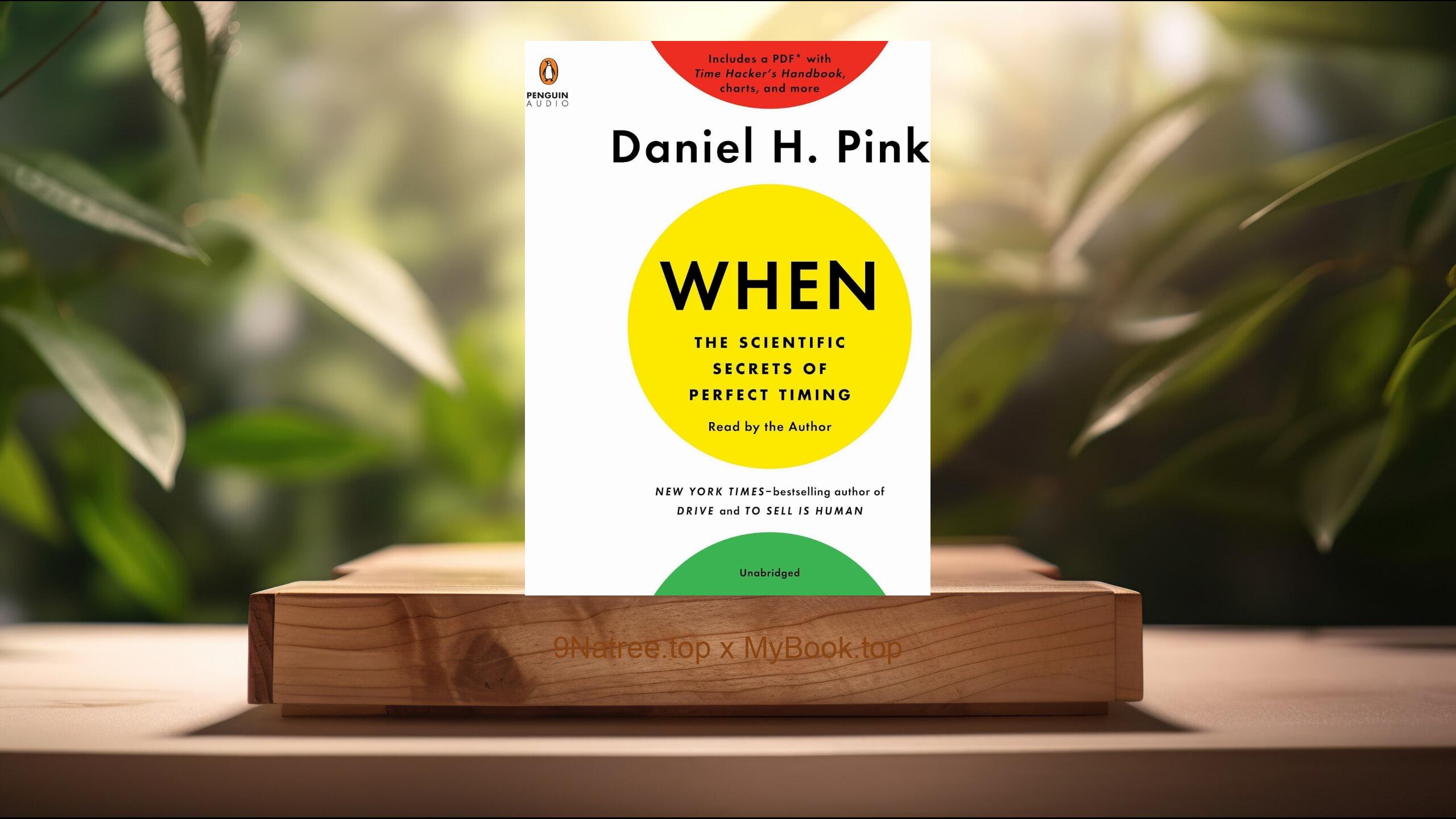Show Notes
- Amazon US Store: https://www.amazon.com/dp/B08CDX6YNW?tag=9natree-20
- Amazon Worldwide Store: https://global.buys.trade/A-Thousand-Brains-A-New-Theory-of-Intelligence-Jeff-Hawkins.html
- eBay: https://www.ebay.com/sch/i.html?_nkw=A+Thousand+Brains+A+New+Theory+of+Intelligence+Jeff+Hawkins+&mkcid=1&mkrid=711-53200-19255-0&siteid=0&campid=5339060787&customid=9natree&toolid=10001&mkevt=1
- Read more: https://mybook.top/read/B08CDX6YNW/
#Neuroscience #ArtificialIntelligence #HumanCognition #Neocortex #PredictiveSystems #ReferenceFrames #DistributedProcessing #HierarchicalLearning #AThousandBrains
These are takeaways from this book.
Firstly, The Thousand Brains Theory, The cornerstone of Jeff Hawkins's book is the 'Thousand Brains Theory of Intelligence' which posits that the human brain operates not as a single, unified processor, but as a multitude of smaller, independent processors or 'mini-columns' within the neocortex. Each of these mini-columns functions like a separate brain, capable of learning and operating independently. Hawkins suggests that it's the interaction and integration of these thousands of mini 'brains' that give rise to human intelligence and our ability to understand the world. This theory represents a significant departure from the traditional view of the brain as having a highly centralized mechanism for processing information. Instead, it emphasizes a more distributed model of processing, where learning and knowledge are not confined to any single part of the brain but are emergent properties of the collective activity of all these mini-columns.
Secondly, The Role of Prediction in Intelligence, A pivotal aspect of Hawkins’s theory is the emphasis on the brain's predictive capabilities as a core component of intelligence. Hawkins argues that the brain is, fundamentally, a prediction machine, continuously generating models of the world based on past experiences and using these models to predict future events. This predictive ability allows us to navigate and interact with our environment in a dynamic and adaptable manner. Hawkins delves into how prediction is not just a by-product of intelligence but is central to the learning process. Each mini-column in the brain generates predictions based on its accumulated knowledge, and these predictions are constantly being updated and refined. This continuous cycle of prediction and correction is what enables us to learn from our environment, adapt to new situations, and make decisions that anticipate the future, rather than just react to the present.
Thirdly, Reference Frames and Hierarchical Learning, Hawkins introduces the concept of 'reference frames' as a fundamental building block of thought and perception. Reference frames are mental representations that allow us to place information in a spatial context, enabling us to navigate and understand our environment. These frames are not static but are dynamically constructed and adjusted based on our experiences and interactions. Hawkins explains that intelligence emerges from the hierarchical organization of these reference frames within the neocortex. Lower-level frames deal with simple, sensory input, while higher-level frames are capable of abstract thought and complex decision-making. This hierarchical structure allows for the efficient processing and integration of information, facilitating learning and understanding on a scale from the mundane to the abstract.
Fourthly, Implications for Artificial Intelligence, Hawkins’s theory has profound implications for the development of artificial intelligence (AI). By suggesting a new framework for understanding intelligence, 'A Thousand Brains' offers insights into how we might design more effective and adaptable AI systems. Hawkins advocates for the creation of AI that emulates the distributed, predictive nature of human intelligence as outlined in his theory. Such systems would not rely on centralized processing but would instead incorporate numerous independent learning modules, similar to the mini-columns of the neocortex. This approach could lead to AI that is better at understanding and interacting with the world in a more human-like manner, capable of independent learning and adaptation without the need for exhaustive programming.
Lastly, The Future of Human Cognition, In the concluding chapters, Hawkins ventures into the future implications of his theory for the understanding and enhancement of human cognition. He speculates on the potential for technological advancements to directly interface with the neocortex, enabling augmented intelligence and memory capabilities. Hawkins also considers the ethical and societal implications of such advancements, urging a careful consideration of the ways in which we choose to extend or modify human intelligence. His vision is one of symbiosis between human and artificial intelligence, where machines not only augment our cognitive abilities but also help us to better understand the fundamental nature of our own intelligence and consciousness.
![[Review] A Thousand Brains: A New Theory of Intelligence (Jeff Hawkins) Summarized](https://episodes.castos.com/660078c6833215-59505987/images/1792757/c1a-085k3-qdr11gomtp5-tkthrb.jpg)




